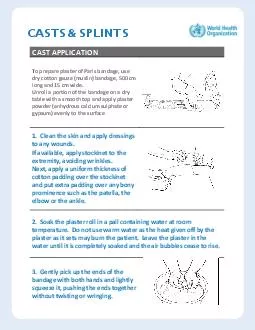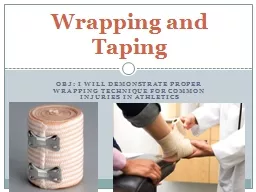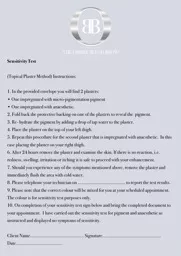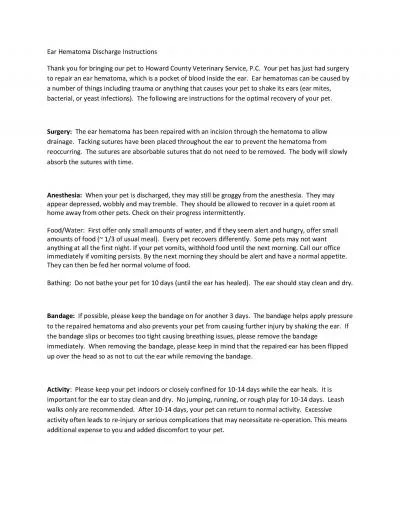PDF-CAST APPLICATION To prepare plaster of Paris bandage u
Author : alida-meadow | Published Date : 2015-05-12
Unroll a portion of the bandage on a dry table with a smooth top and apply plaster powder anhydrous calcium sulphate or gypsum evenly to the surface 1 Clean the
Presentation Embed Code
Download Presentation
Download Presentation The PPT/PDF document "CAST APPLICATION To prepare plaster of P..." is the property of its rightful owner. Permission is granted to download and print the materials on this website for personal, non-commercial use only, and to display it on your personal computer provided you do not modify the materials and that you retain all copyright notices contained in the materials. By downloading content from our website, you accept the terms of this agreement.
CAST APPLICATION To prepare plaster of Paris bandage u: Transcript
Download Rules Of Document
"CAST APPLICATION To prepare plaster of Paris bandage u"The content belongs to its owner. You may download and print it for personal use, without modification, and keep all copyright notices. By downloading, you agree to these terms.
Related Documents














